Royal Chapel Of Versailles: One Of The Palace’s Grandest Interiors
The Royal Chapel of Versailles is one of the most beautiful and grand parts of the Palace of Versailles.
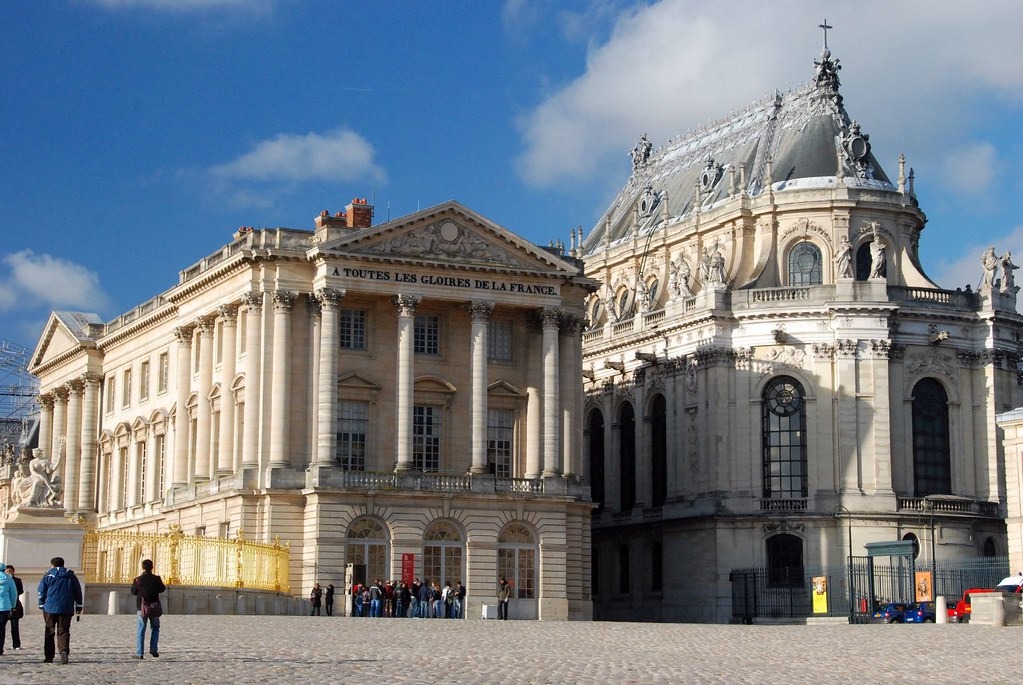
King Louis XIII of France and the Royal Chapel of Versailles
King Louis XIII, born on September 27, 1601, was the son of Henry IV and Marie de’ Medici.
He became king of France in 1610 after his father was assassinated.
Louis XIII was just nine years old at the time, so his mother acted as regent until he was old enough to rule.
The king reigned from 1610 to 1643.
He is known for his significant contributions to French history by laying the groundwork for the Palace of Versailles then was expanded and transformed by his son, King Louis XIV.
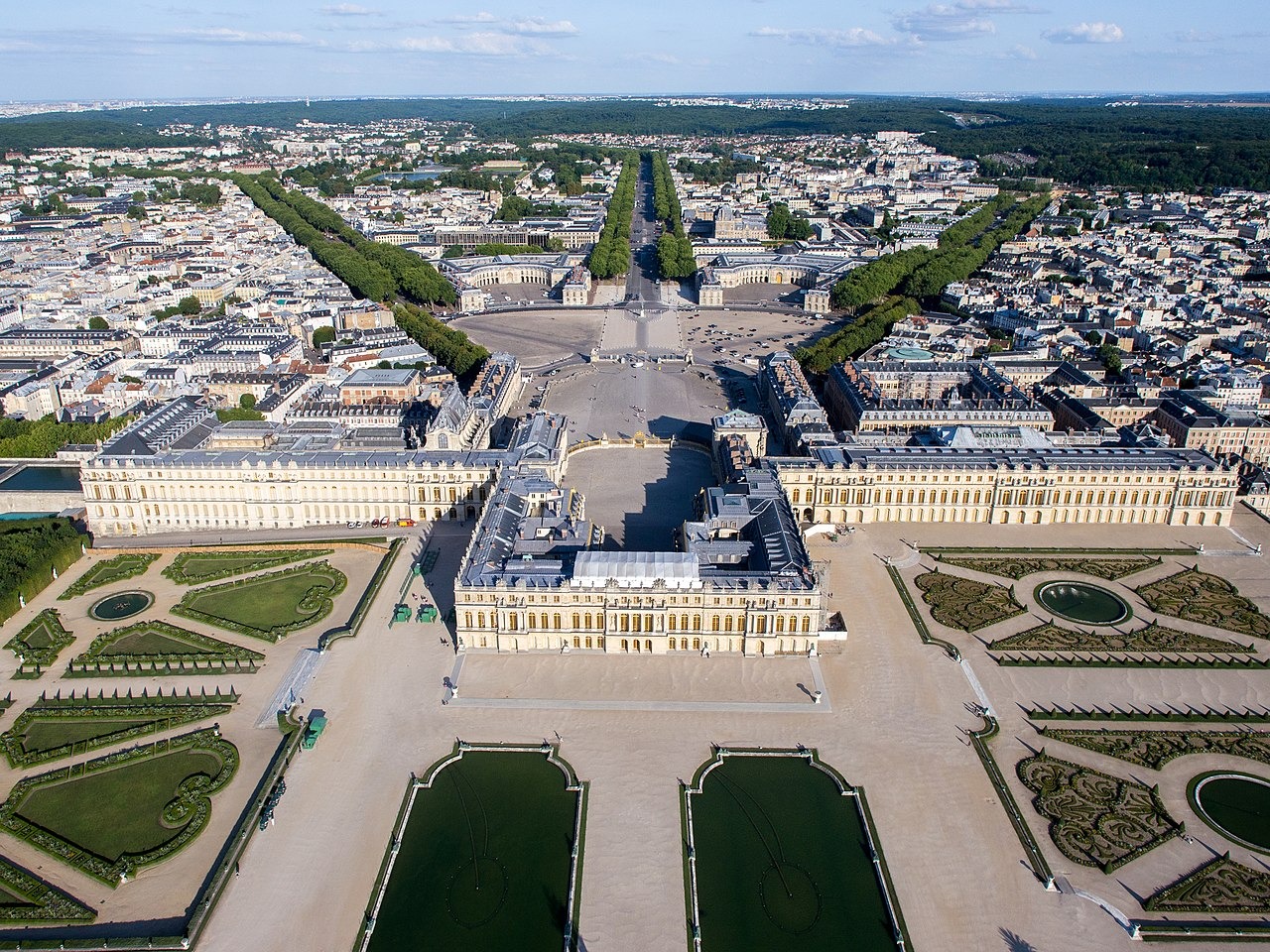
The Palace of Versailles in Versailles, France
When Louis XIII first acquired Versailles, it was a small hunting lodge.
He started the process of turning it into a royal residence and built the first chapel at Versailles.
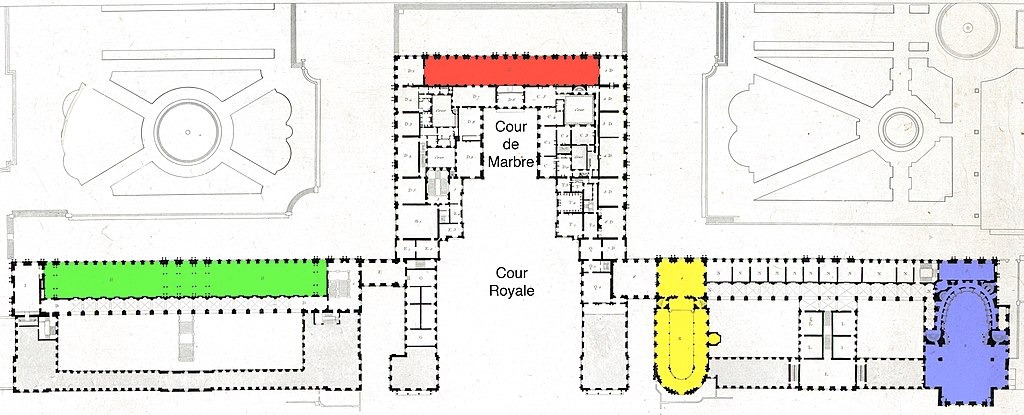
The Chapels Through Time
First Chapel
The original chapel, built during Louis XIII’s reign, was located in a separate pavilion at the northeast of the château.
Today, this site is where the pièce de la vaisselle d’or is located.
This early chapel followed the traditional two-story palatine model and was demolished in 1665.
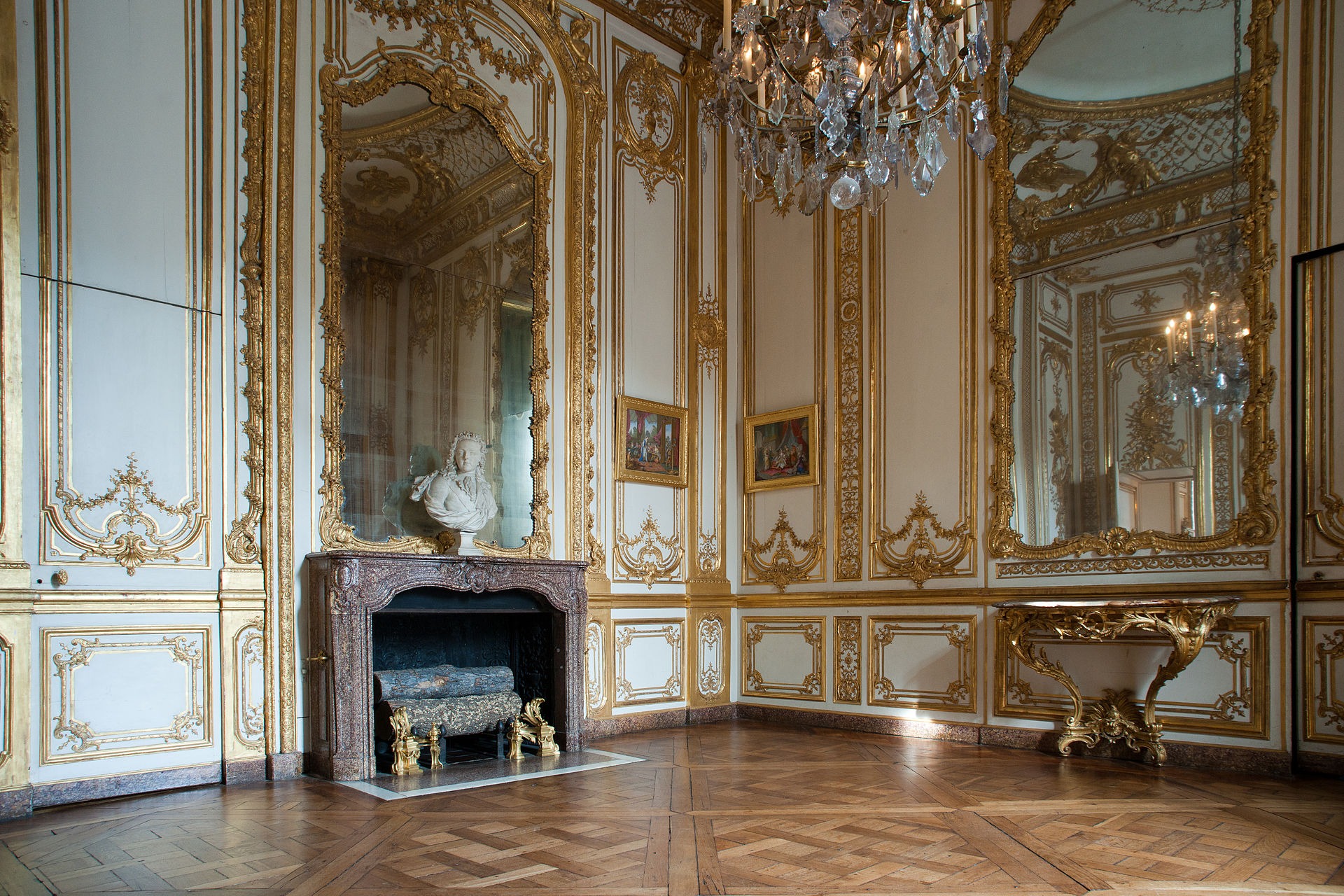
Second Chapel
Louis XIV’s second chapel was constructed as part of the Château Neuf project between 1669 and 1672.
It was located in the Grand Appartement de la Reine, opposite the Salon de Diane.
By 1678, it was repurposed into the Salle des Gardes de la Reine.

Third Chapel
Built next to the Salle des Gardes de la Reine, this chapel was used briefly.
In 1682, it was replaced by the Grande Salle des Gardes de la Reine, as Louis XIV’s court became officially established at Versailles.
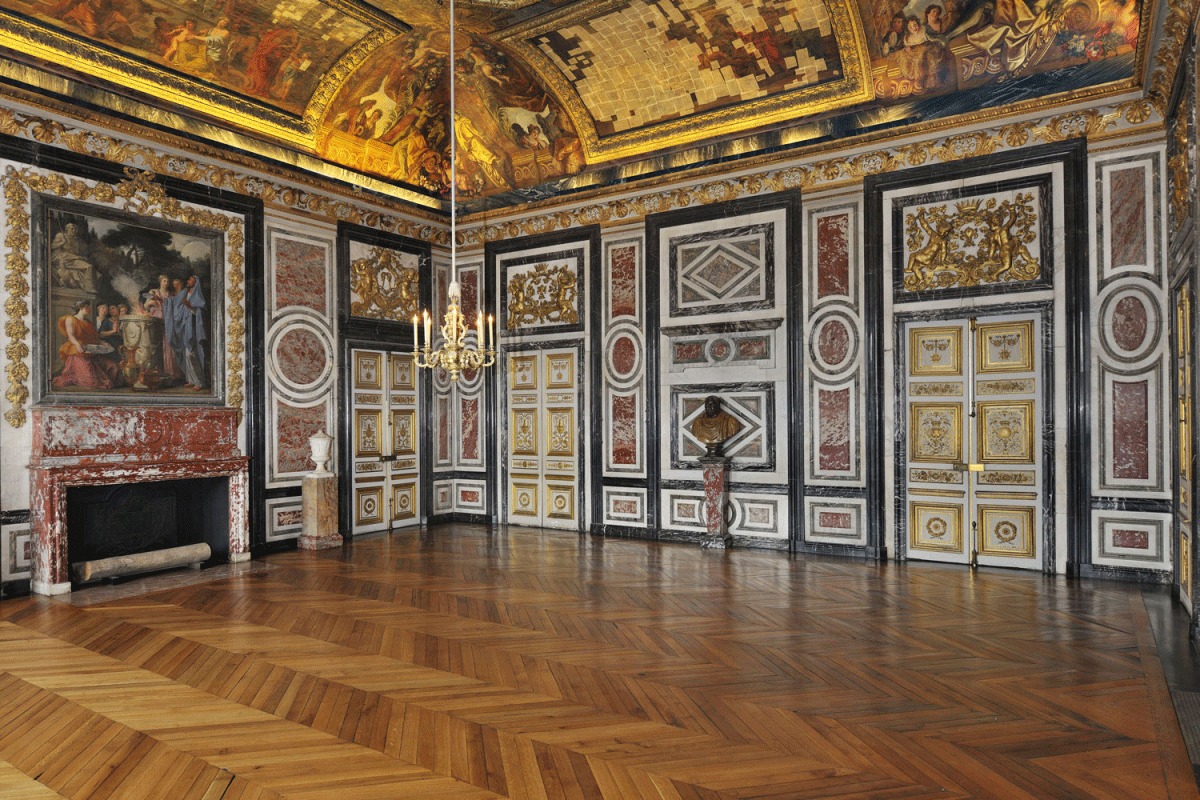
Fourth Chapel
The fourth chapel was completed in 1682 as part of the Aile du Nord’s construction, replacing the Grotte de Thétys.
It featured the Vestibule de la Chapelle, from where the king and select royals attended Mass.
This chapel was replaced in 1710, and the space is now occupied by the Salon d’Hercule.
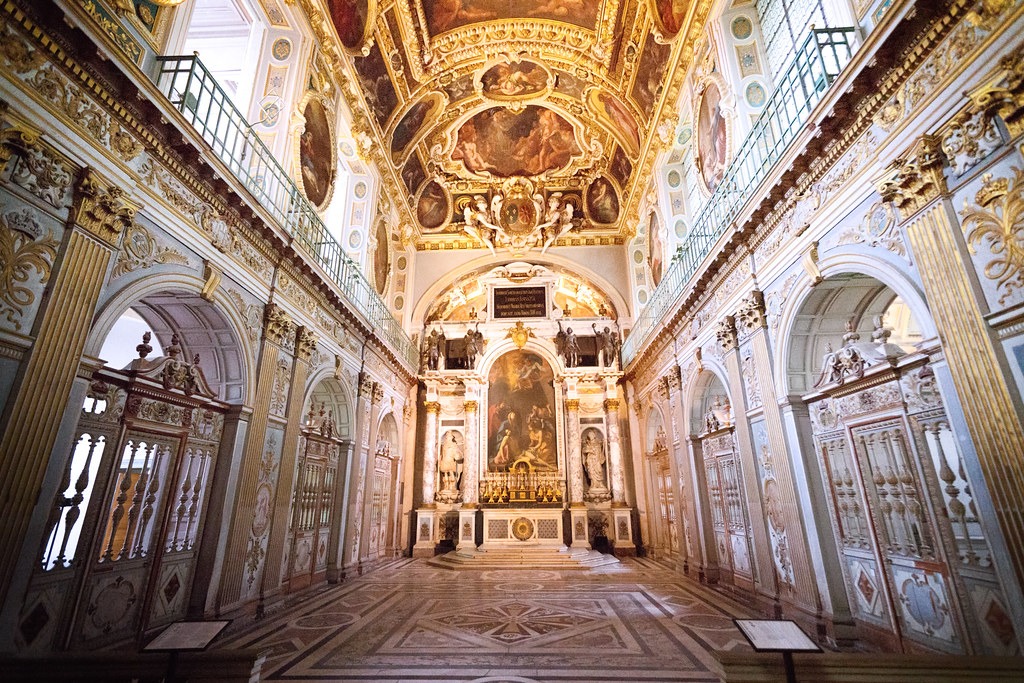
Fifth Chapel (The Royal Chapel of Versailles)
The Royal Chapel at the Palace of Versailles, also known as the Fifth Chapel, was the final and grandest of the chapels built at Versailles.
Its construction began in 1689 under the direction of the chief architect Jules Hardouin-Mansart.
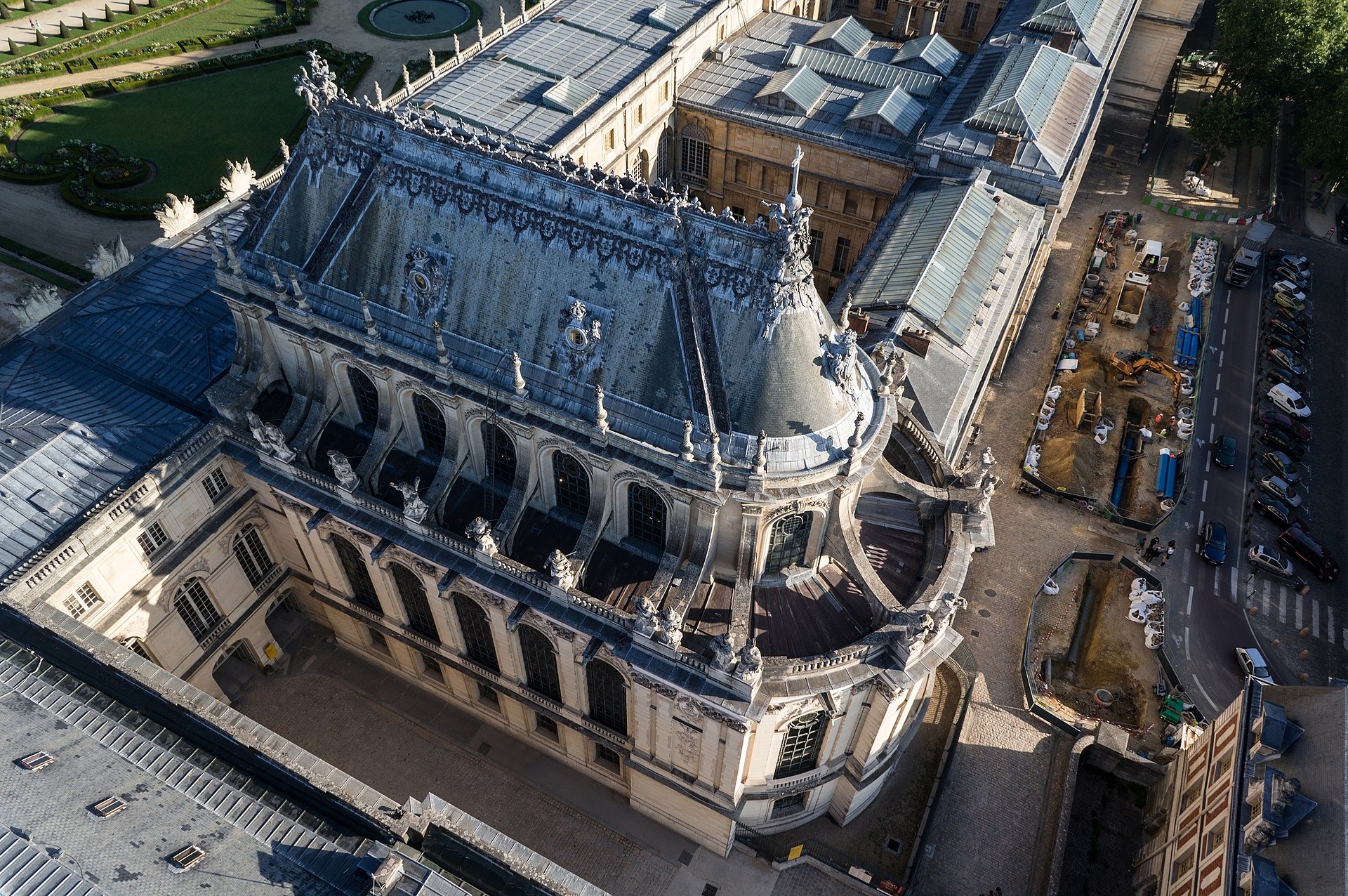
Work was interrupted by the War of the League of Augsburg but resumed in 1699.
Hardouin-Mansart continued the project until his death in 1708, after which his brother-in-law, Robert de Cotte, completed it.
The chapel was consecrated in 1710.
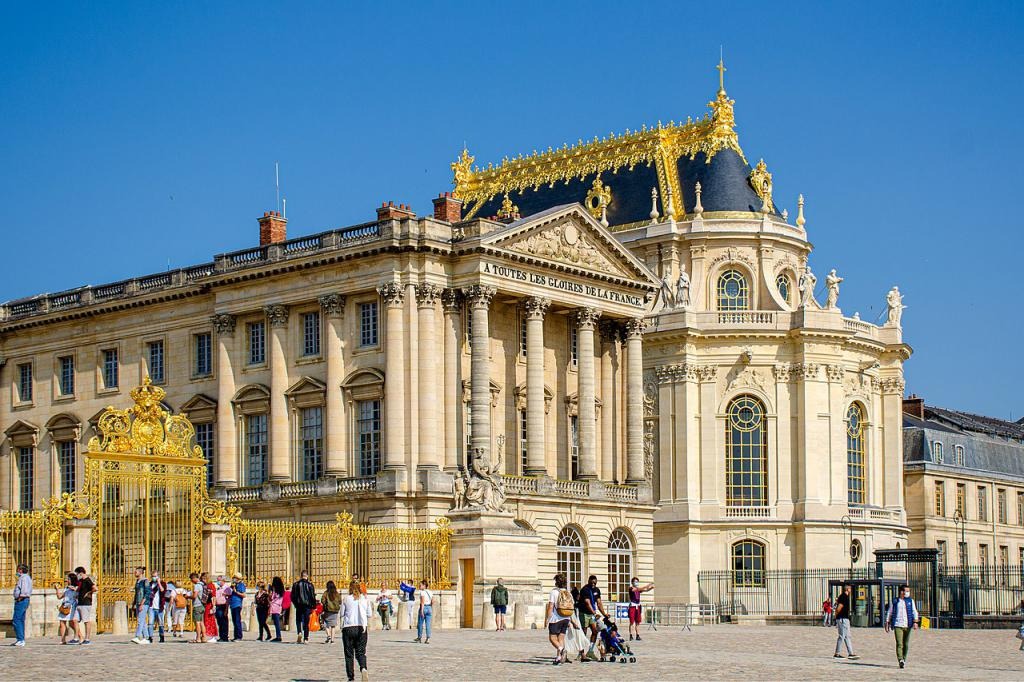
Architecture
The chapel is a stunning example of Baroque architecture, featuring a grand vaulted ceiling and large windows that fill the space with light.
The interior is decorated with beautiful paintings by Antoine Coypel, Charles de La Fosse, and Jean Jouvenet.

The floor is made of colorful marble, and the steps leading to the altar have a special double “L” monogram, representing Saint Louis and Louis XIV.
The chapel’s design combines Gothic and classical elements, with a Corinthian colonnade supporting the tribune level.
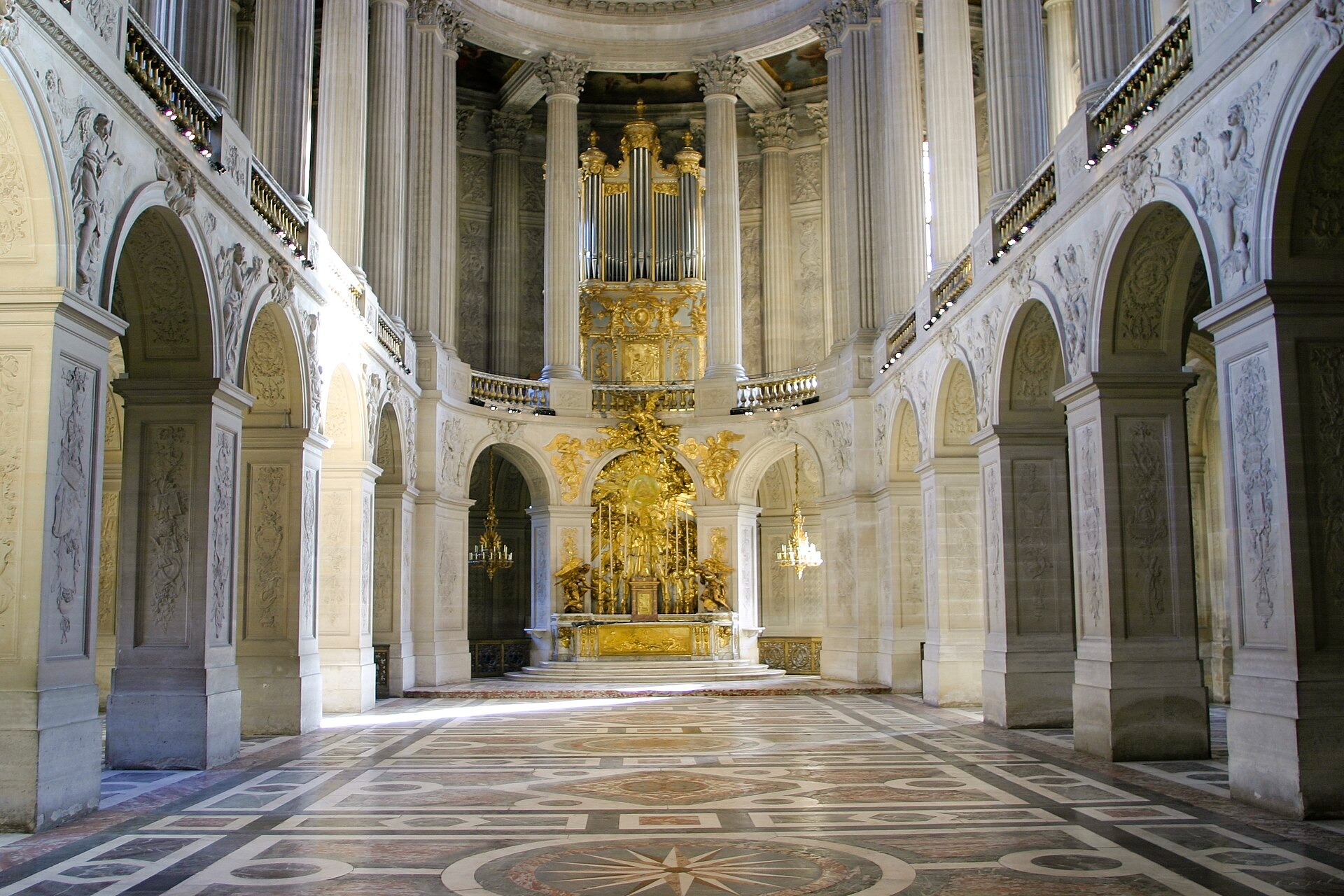
Uses
The Royal Chapel was the heart of religious and ceremonial life at Versailles.
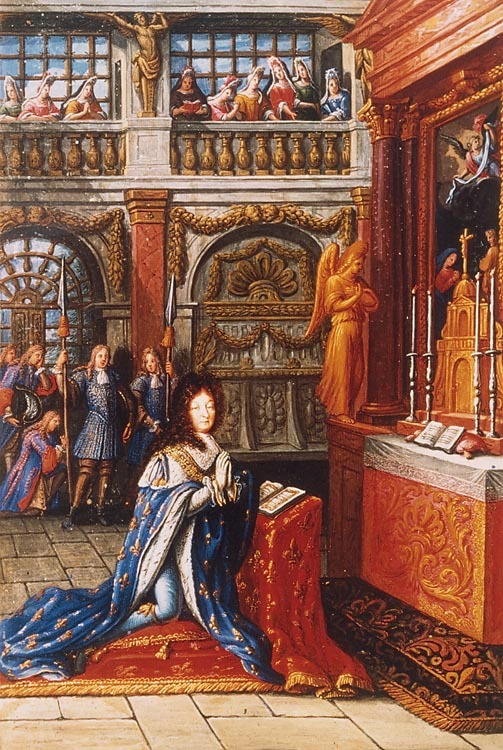
It hosted daily Mass, royal weddings, and baptisms, including the marriage of Louis XV’s son and Marie-Thérèse of Spain in 1745, and the wedding of Louis XVI and Marie-Antoinette in 1770.
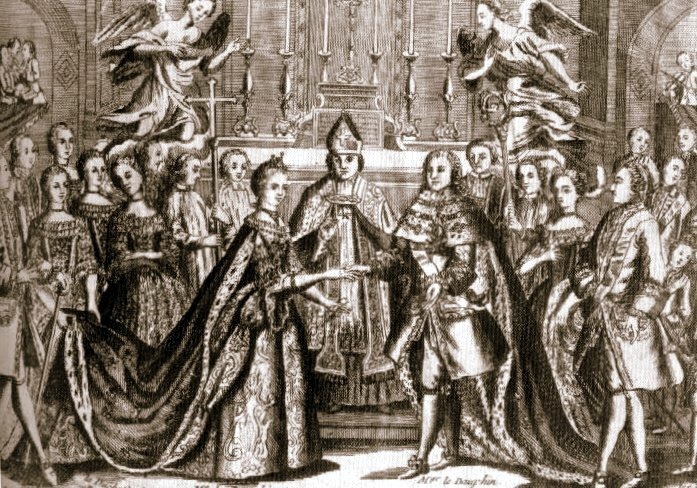
The chapel was also used for celebrations and special services, such as Te Deums to mark military victories and royal births.
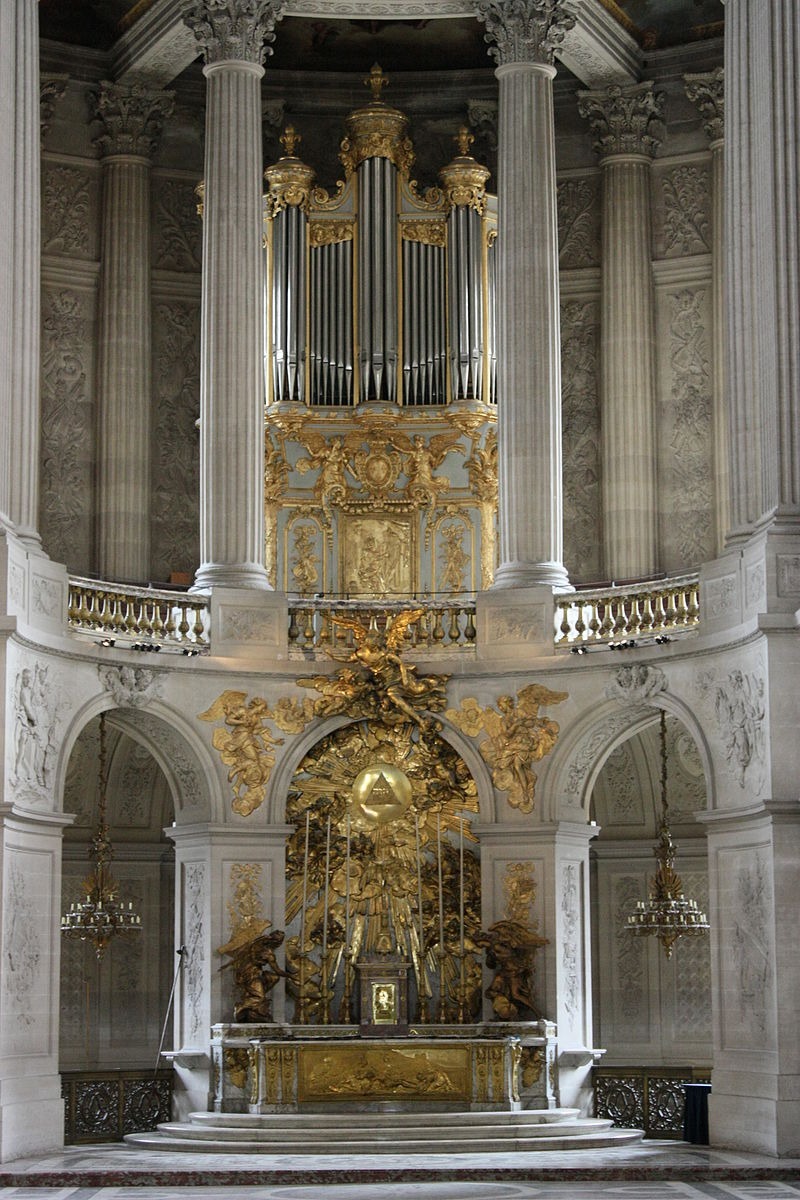
Its organ, built by Robert Clicquot, was renowned for its music and played by famous musicians like François Couperin.
After the chapel was de-consecrated in the 19th century, it was used for state and private events, including concerts.
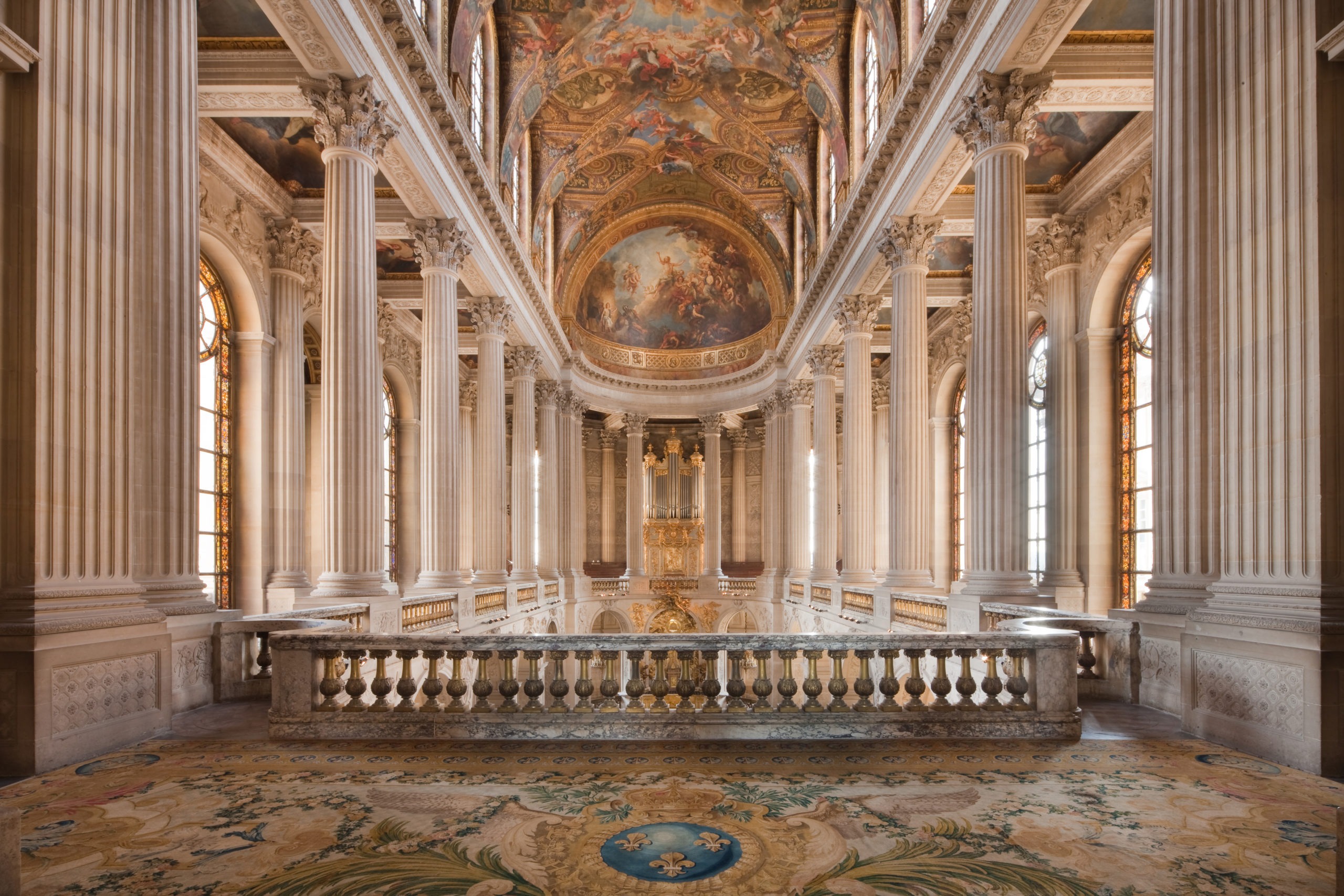
Current Use
In the 19th century, the chapel was no longer used for religious services and is now a venue for state and private events, including concerts.
The Royal Chapel remains a powerful symbol of Louis XIV’s vision, with its elevated position reflecting the divine right monarchy.
Despite changes over time, it continues to be a magnificent example of the king’s architectural ambition.


